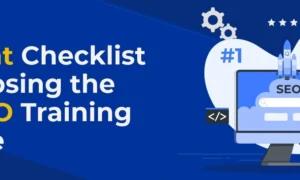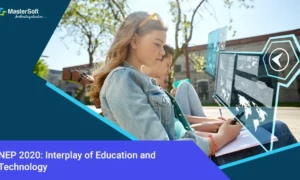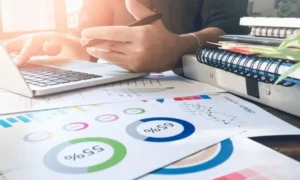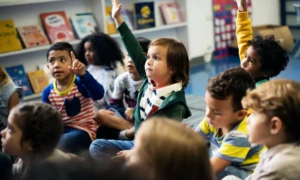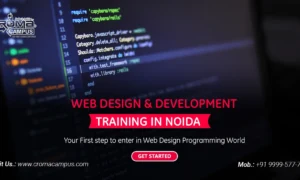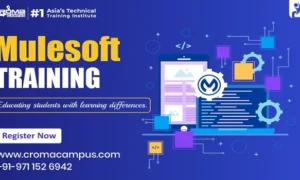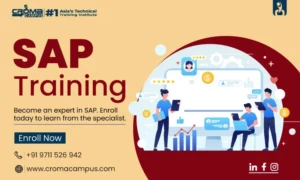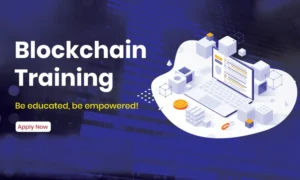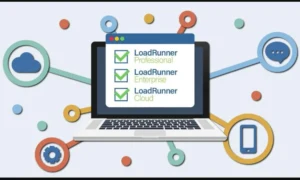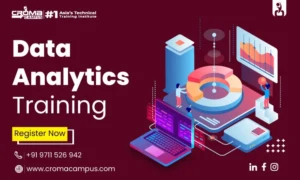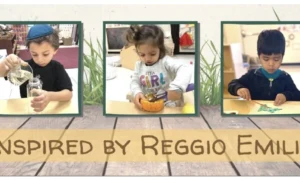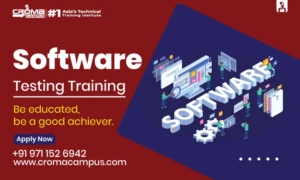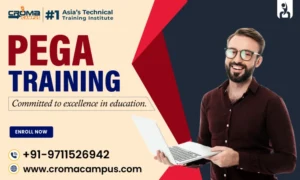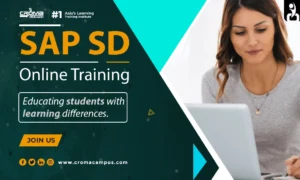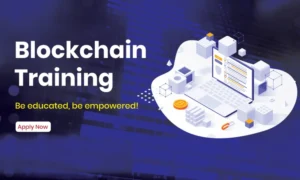For teachers seeking to enhance their teaching methods, there are various courses available that can help them become better educators. From online classes on interactive learning techniques to in-person seminars on instructional approaches, these courses provide essential tools and strategies for helping students learn while opening up new opportunities for teachers to explore. This guide aims to provide insight into how teaching practices impact student outcomes and suggests valuable professional development opportunities for teachers.
Understand the Different Types of Teaching Methods – including lectures, seminars, discussions, group work, and individual work
As you pursue a level 4 certificate in education and training, understanding the various types of teaching methods available will be instrumental in ensuring that your students are engaged and motivated to learn. From traditional lectures to more interactive approaches like group work and discussions, each method has its strengths and weaknesses.
By understanding these differences, you can tailor your teaching approach to better suit the needs of your students, creating an environment that fosters learning and encourages growth. Whether you prefer to take a more traditional approach or embrace more innovative methods, mastering these various teaching techniques is essential to becoming an effective educator.
Incorporate Technology into the Classroom – by using web-based tools to engage students and create interactive learning environments
As technology continues to advance, classrooms have the opportunity to incorporate web-based tools into their teaching strategies to create unique and interactive learning environments. By introducing multimedia resources, online collaboration tools, and digital platforms, students can engage with the material in a way that suits their learning style.
This shift towards tech-centred teaching not only caters to the preferences of modern-day learners but also equips them with the necessary digital skills that are becoming increasingly relevant in the job market. By embracing these innovative tools, educators can create an inclusive and engaging experience for their students and prepare them for a future that is reliant on technology.

Establish Clear Expectations for Students – such as due dates for assignments and attendance policies
Setting clear expectations for students is vital for ensuring that everyone is on the same page and working towards the same goals. By establishing due dates for assignments and communicating attendance policies early on, teachers can help their students plan their workload and avoid misunderstandings later in the semester. Clear expectations give students a sense of structure and predictability that can help them manage their time and focus on learning.
When teachers are consistent and transparent about their expectations, students are better equipped to succeed in their classes and feel confident in their ability to meet the standards set for them. Ultimately, setting clear expectations is an essential tool for creating a positive and productive learning environment for everyone.
Create Engaging Activities for Students – such as games, role-playing, debate topics, and problem-based learning activities
Creating engaging activities for students is a crucial part of keeping them motivated and enthusiastic about learning. Games and role-play activities can make traditional subjects like history or science more exciting and help students develop important skills like critical thinking and problem-solving. Debate topics can encourage students to engage with current events and relevant issues in a safe and structured space.
Problem-based learning activities offer a hands-on way for students to engage with complex concepts and interactively develop their skills. When educators prioritize creating engaging activities for their students, they can make learning a more enjoyable and rewarding experience for everyone involved.
Utilize Multiple Sources of Information – including textbooks, online resources, apps, videos, and other media sources
In today’s age of technology, there are countless ways to gain knowledge and expand your understanding of a subject. Utilizing multiple sources of information is essential to obtaining a well-rounded education. Textbooks are a great starting point, but why stop there? Online resources provide a wealth of information at your fingertips, from articles and research papers to educational podcasts and webinars.
Apps offer interactive learning experiences, while videos can provide a visual representation of complex concepts. With so many media sources available, the possibilities are endless for expanding your knowledge base. By incorporating various resources into your learning process, you can ensure you are getting the most comprehensive education possible.
Monitor Student Progress Regularly – to assess where students are at in their learning journey
Monitoring student progress regularly is crucial to understanding where students stand on their academic journey. It helps teachers identify areas where students are thriving and areas where they may need extra guidance. By closely observing student work and performance, educators can make informed decisions about instructional strategies and learning pathways.
Additionally, regular progress monitoring helps teachers catch potential roadblocks to learning early on, giving them ample time to intervene and provide support. So, whether it’s through daily check-ins or more formal assessments, keeping a close eye on student progress is a powerful tool for promoting academic success.
Conclusion
Teachers can effectively teach their courses by understanding different teaching methods, incorporating technology, establishing clear expectations, creating engaging activities, utilizing multiple sources of information, and monitoring students’ progress regularly. Flexibility is also key, especially during virtual instruction. By following these tips, teachers can build an interactive and beneficial learning experience for all involved.



